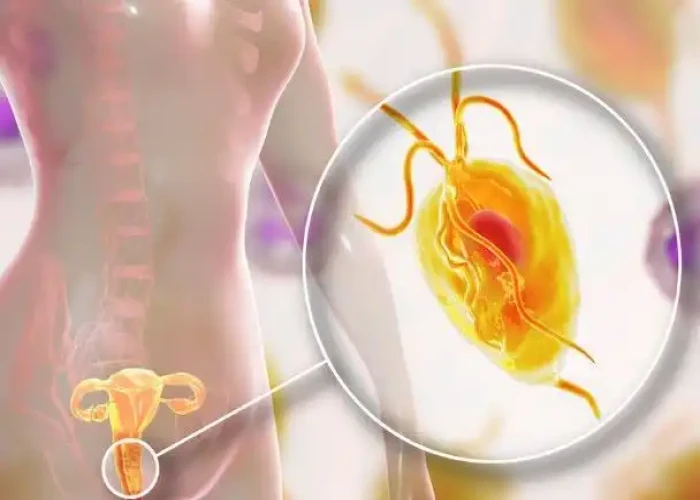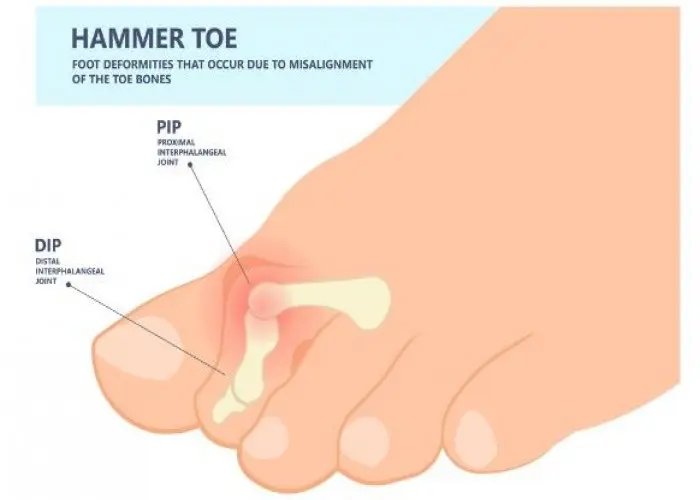 Welcome
Welcome
“May all be happy, may all be healed, may all be at peace and may no one ever suffer."
Seasonal affective disorder (SAD)

Seasonal affective disorder (SAD) is a type of depression that occurs at the same time each year, typically in the fall and winter months. It is believed to be related to changes in the amount of daylight, which can disrupt the body's natural sleep-wake cycle and affect the production of certain hormones.
Symptoms of SAD may include:
- Low mood or feelings of sadness, hopelessness, or worthlessness
- Loss of interest in activities you usually enjoy
- Fatigue or low energy
- Difficulty concentrating or making decisions
- Changes in appetite or weight
- Sleeping more than usual, or difficulty sleeping
- Social withdrawal or decreased interest in socializing
Treatment for SAD may include a combination of lifestyle changes, therapy, and medications. Some strategies that may be helpful for managing SAD include:
- Light therapy: exposure to bright light, usually for 30 minutes to 2 hours each day
- Regular exercise, which can boost mood and energy levels
- Maintaining a regular sleep schedule and practicing good sleep hygiene
- Spending time outdoors during daylight hours
- Cognitive behavioral therapy (CBT) or other forms of talk therapy
In some cases, antidepressant medications may be recommended to help manage symptoms of SAD.
If you suspect that you or someone you know may be experiencing SAD, it is important to talk to a healthcare provider for evaluation and treatment. With the right care, most people with SAD can find relief from their symptoms and improve their quality of life.
Research Papers
Disease Signs and Symptoms
- Decreased energy
- Lack of interest in activities once enjoyed
- Feeling depressed most of the day, nearly every day
- Loss of appetite
- Trouble sleep (insomnia)
- Feeling hopeless, worthless or guilty
- Hopeless
- Difficulty concentrating
- Rapid weight gain
- Excessive sleepiness
- Frequent or recurrent thoughts of death
Disease Causes
Seasonal affective disorder (SAD)
The specific cause of seasonal affective disorder remains unknown. Some factors that may come into play include:
- Your biological clock (circadian rhythm). The reduced level of sunlight in fall and winter may cause winter-onset SAD. This decrease in sunlight may disrupt your body's internal clock and lead to feelings of depression.
- Serotonin levels. A drop in serotonin, a brain chemical (neurotransmitter) that affects mood, might play a role in SAD. Reduced sunlight can cause a drop in serotonin that may trigger depression.
- Melatonin levels. The change in season can disrupt the balance of the body's level of melatonin, which plays a role in sleep patterns and mood.
Disease Prevents
Seasonal affective disorder (SAD)
There's no known way to prevent the development of seasonal affective disorder. However, if you take steps early on to manage symptoms, you may be able to prevent them from getting worse over time. You may be able to head off serious changes in mood, appetite and energy levels, as you can predict the time of the year in which these symptoms may start. Treatment can help prevent complications, especially if SAD is diagnosed and treated before symptoms get bad.
Some people find it helpful to begin treatment before symptoms would normally start in the fall or winter, and then continue treatment past the time symptoms would normally go away. Other people need continuous treatment to prevent symptoms from returning.
Disease Treatments
Treatment for seasonal affective disorder may include light therapy, psychotherapy and medications. If you have bipolar disorder, tell your health care provider and mental health professional — this is critical to know when prescribing light therapy or an antidepressant. Both treatments can potentially trigger a manic episode.
Light therapy
In light therapy, also called phototherapy, you sit a few feet from a special light box so that you're exposed to bright light within the first hour of waking up each day. Light therapy mimics natural outdoor light and appears to cause a change in brain chemicals linked to mood.
Light therapy is one of the first line treatments for fall-onset SAD. It generally starts working in a few days to a few weeks and causes very few side effects. Research on light therapy is limited, but it appears to be effective for most people in relieving SAD symptoms.
Before you purchase a light box, talk with your health care provider about the best one for you, and familiarize yourself with the variety of features and options so that you buy a high-quality product that's safe and effective. Also ask about how and when to use the light box.
Psychotherapy
Psychotherapy, also called talk therapy, is another option to treat SAD. A type of psychotherapy known as cognitive behavioral therapy can help you:
- Learn healthy ways to cope with SAD, especially with reducing avoidance behavior and scheduling meaningful activities
- Identify and change negative thoughts and behaviors that may be making you feel worse
- Learn how to manage stress
- Build in healthy behaviors, such as increasing physical activity and improving your sleep patterns
Medications
Some people with SAD benefit from antidepressant treatment, especially if symptoms are severe.
An extended-release version of the antidepressant bupropion (Wellbutrin XL, Aplenzin) may help prevent depressive episodes in people with a history of SAD. Other antidepressants also may commonly be used to treat SAD.
Your health care provider may recommend starting treatment with an antidepressant before your symptoms typically begin each year. He or she may also recommend that you continue to take the antidepressant beyond the time your symptoms normally go away.
Keep in mind that it may take several weeks to notice full benefits from an antidepressant. In addition, you may have to try different medications before you find one that works well for you and has the fewest side effects.
Disease Diagnoses
Disease Allopathic Generics
Disease Ayurvedic Generics
Disease Homeopathic Generics
Disease yoga
Seasonal affective disorder (SAD) and Learn More about Diseases

Movement disorders

Airplane ear

Posterior vaginal prolapse (Rectocele)

Coarctation of the aorta

Impacted wisdom teeth

Trichomoniasis

Giardial Dysentry

Hammertoe and mallet toe
Seasonal affective disorder, sad, সিজনাল অ্যাফেক্টিভ ডিসঅর্ডার, এসএডি
To be happy, beautiful, healthy, wealthy, hale and long-lived stay with DM3S.
